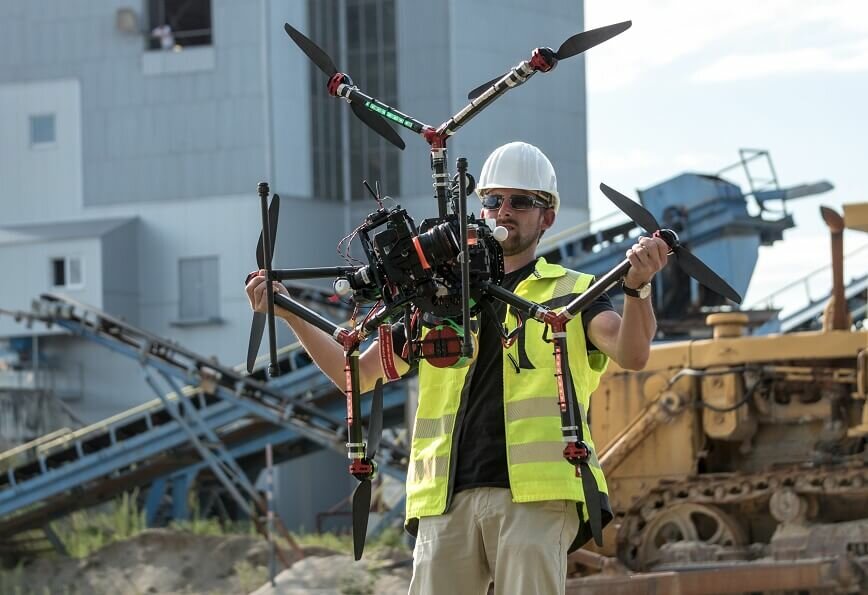Utility services are very essential that some households seem to plunge in to the stone ages with the shortage of just one common utility. It takes plenty of manpower to make certain provision of common utilities to every household and utility companies go to great pains to make sure they run smoothly at all times. With the supply lines stretching hundreds of tens and thousands of miles, a fault in one single area can cause huge issues. This is why utility companies employ several inspection teams which keep a lookout for faults. Drones have offered a good breakthrough in the field of utilities because they've the capacity of moving faster than humans ever will. The actual fact that they may record footage essential since operators and inspectors can simply remain in a space and do the inspection from the comfort of their offices.

With thermal imagery and other techniques growing, inspection of utility lines has become easier with some drones even being effective at identifying potential problems on their own using advanced cameras and algorithms. You can find several aspects in which the usage of drones is helping the utilities industry. Their widespread use within utilities inspection like aerial inspection of overhead electricity lines and sensory inspection of water, gas lines and telephone lines has made life very easy for utility companies. The major reasons due to their widespread use include health and safety, cost, time, accountability and accurate reporting.The problem of employed in the field of utility is that the personnel need certainly to work on heights mostly and this is particularly dangerous regardless of safety precautions taken.
Moreover, employed in the field of utilities can expose humans to live high voltage circuits that may totally fry an individual body within microseconds. All such dangers are overcome by using drones rather than inspectors who would need to physically go close to these utility lines. When you deploy the humans to hold out the task of inspecting the lines for fault, there is of time taken with safety precautions and physical limits being two major reasons. But with the drones those concerns are futile and they are able to normally reduce the full time of inspection greatly. And when time is saved, the cost of the operation is minimized in itself. The truth that there's you should not take safety precautions for a drone helps too and can save costs here as well. Since drones or unmanned aerial vehicles are machines, there's no potential for giving a biased report of the fault present in the line. With drones, there is actual proof of the inspection and of the findings. There is no questioning live footage and pictures and it will help utility companies in having better and more factual records of their inspection quests.

